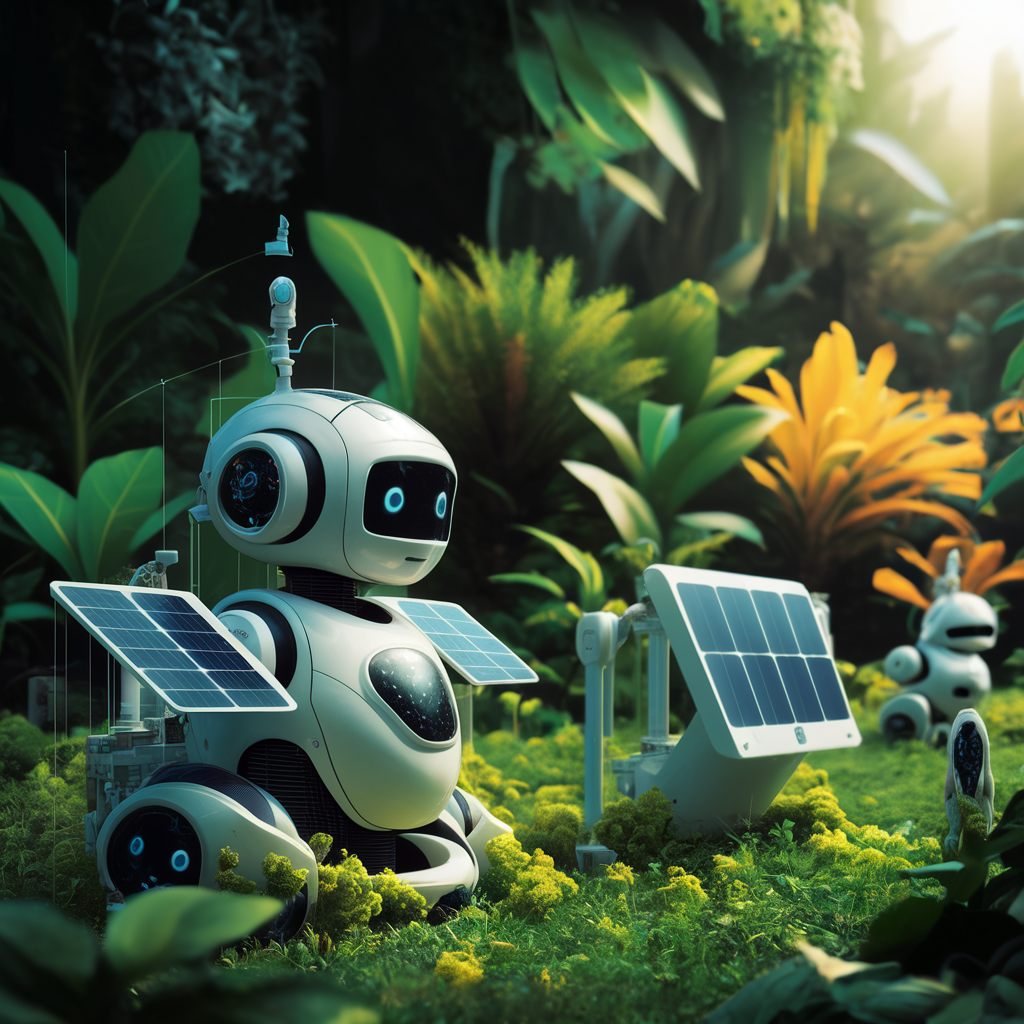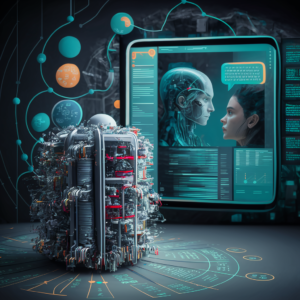Artificial Intelligence (AI) is transforming industries across the globe, and environmental conservation is no exception. By harnessing the power of AI, scientists, conservationists, and governments are developing innovative solutions to monitor, protect, and restore natural ecosystems. This article explores the role of AI in environmental conservation, providing examples of how AI-driven technologies are making a significant impact.
1. Wildlife Monitoring and Protection
One of the most crucial aspects of environmental conservation is the protection of endangered species. AI-powered tools are helping in wildlife monitoring by analyzing data from various sources like cameras, drones, and satellites.
Example: The use of AI in monitoring endangered species has seen significant advancements. For instance, Conservation AI uses AI algorithms to analyze camera trap images, automatically identifying species and detecting poaching activities. This allows for real-time monitoring and rapid response to illegal activities, helping to protect vulnerable species like elephants, rhinos, and tigers.
2. Climate Change Modeling and Prediction
AI plays a pivotal role in understanding and predicting climate change. By analyzing large datasets, AI models can forecast climate patterns, predict extreme weather events, and assess the impact of human activities on the environment.
Example: IBM’s Green Horizons project uses AI to predict air pollution levels in urban areas. The system analyzes weather data, traffic patterns, and industrial activity to forecast pollution levels with high accuracy. This information helps city planners and policymakers take proactive measures to reduce emissions and protect public health.
3. Deforestation Detection and Prevention
Deforestation is a significant threat to global biodiversity and contributes to climate change. AI-driven solutions are being developed to monitor and prevent deforestation by analyzing satellite imagery and detecting illegal logging activities.
Example: Global Forest Watch, powered by AI, uses satellite data and machine learning algorithms to detect changes in forest cover in real-time. This tool alerts authorities to illegal logging activities, enabling them to take swift action to prevent further deforestation.
4. Ocean Health Monitoring
The health of our oceans is vital to the overall health of the planet. AI is being used to monitor and protect marine ecosystems by analyzing data from underwater sensors, drones, and satellite imagery.
Example: The Ocean Cleanup project uses AI to identify and track ocean plastic pollution. AI algorithms analyze data from autonomous drones and boats to locate large patches of plastic waste, guiding cleanup efforts more efficiently. Additionally, AI is used to monitor coral reef health by analyzing underwater images and detecting signs of bleaching or disease.
5. Precision Agriculture
Agriculture has a profound impact on the environment, and AI is helping to make farming practices more sustainable. Precision agriculture uses AI to optimize resource use, reduce waste, and minimize environmental impact.
Example: AI-powered platforms like Climate FieldView and FarmLogs use machine learning algorithms to analyze soil data, weather patterns, and crop health. Farmers receive real-time insights and recommendations, allowing them to optimize irrigation, fertilization, and pest control, ultimately reducing the environmental footprint of farming.
6. Waste Management and Recycling
AI is also playing a role in improving waste management and recycling processes. By automating sorting systems and optimizing collection routes, AI can significantly reduce waste and promote recycling.
Example: ZenRobotics uses AI-powered robots to sort recyclable materials from waste streams. These robots use machine learning algorithms to identify different types of materials, such as plastics, metals, and paper, and sort them accurately. This reduces contamination in recycling streams and improves the efficiency of waste management.
Conclusion
AI is proving to be a powerful tool in the fight to protect our environment. From monitoring endangered species to predicting climate change impacts, AI-driven technologies are enabling more effective conservation efforts. As AI continues to evolve, its potential to address environmental challenges will only grow, offering new opportunities to protect and preserve our planet for future generations.
By integrating AI into conservation strategies, we can harness technology’s power to create a more sustainable and resilient world. The examples provided demonstrate how AI is already making a difference and highlight the potential for even greater impact in the future.
Tags
#AI #EnvironmentalConservation #WildlifeProtection #ClimateChange #Deforestation #OceanHealth #PrecisionAgriculture #WasteManagement #SustainableTech #TechForGood





